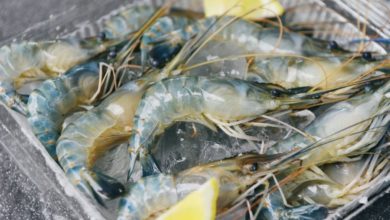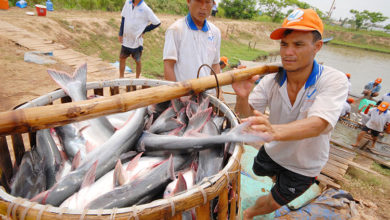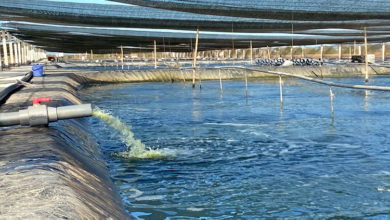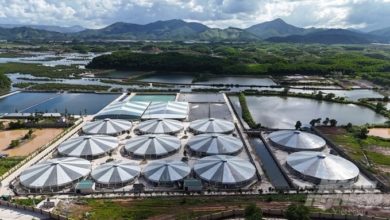Tien Giang transforms riverbanks into thriving pangasius farms for export
Tien Giang province is maximizing its fertile riverbanks by allocating over 110 hectares of alluvial land along the Tien River to catfish farming, mainly pangasius, for export processing. These farms, concentrated in the flood-prone upstream districts of Cai Lay and Cai Be, produce over 32,000 tons of fish annually.
Tan Phong islet commune in Cai Lay district, blessed with ideal conditions for aquaculture, has emerged as a key center for pangasius farming. Tran Van Nhin, the commune’s Party Secretary and Chairman, shared that the commune currently maintains 72 pangasius ponds over nearly 55 hectares, yielding upwards of 14,000 tons of fish each year for seafood processing plants.
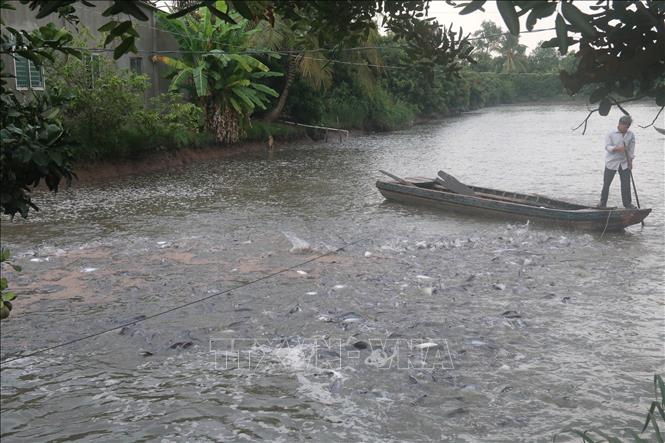
According to Nhin, leveraging the river’s alluvial lands for catfish farming has significantly boosted local employment and income, helping many farming households establish stable livelihoods. With intensive farming methods, each hectare can yield as much as 300 tons of raw fish. Still, to maximize output and avoid disease outbreaks, experts advise farmers to implement comprehensive scientific farming practices, use high-quality, disease-free fingerlings, and maintain clean water environments.
To promote sustainable development of catfish farming, Tien Giang authorities are focusing on zoning farming areas, transferring advanced techniques, promoting safe, traceable farming, and building value chain linkages to ensure market stability and minimize risks. Key farming zones include Cai Lay, Cai Be, and islets like Tan Phong and Ngu Hiep along the Tien River.
Currently, the region boasts 6.4 hectares of GlobalGAP-certified farms, 15.8 hectares certified under ASC, and 45.74 hectares under VietGAP. A standout example is Van Duc Tien Giang Export Food Processing Co., Ltd., which operates an ASC-certified pangasius farm in Tan Phong islet.
According to Cai Lay’s Agriculture and Environment Office, the company’s farming area spans nearly 75,400 square meters (excluding sedimentation ponds), supplying whole pangasius to processors with a capacity of 2,800 tons per 6–8 month cycle. Thanks to its closed-loop farming model, the company saves around 10% on costs compared to smaller farms, while producing high-quality, value-added fish.
In early 2025, pangasius prices have held firm at high levels, ensuring good returns for farmers. Nguyen Van Dao, CEO of Go Dang Corporation in My Tho Industrial Park, noted that raw pangasius prices currently range between 31,000 – 32,000 VND/kg, the highest in five years, allowing farmers to pocket profits of around 3,000 – 4,000 VND/kg.
With its intricate network of rivers, canals, and rich alluvial lands, Tien Giang has strong potential for high-value aquaculture. Intensive pangasius farming along the Tien River’s alluvial plains is helping to realize the province’s “living with floods” strategy. Thanks to favorable prices, reliable market access, and natural advantages, Tien Giang is well-positioned to scale up freshwater aquaculture, creating jobs, improving incomes, and driving sustainable poverty reduction in its flood-prone areas.
VFM


